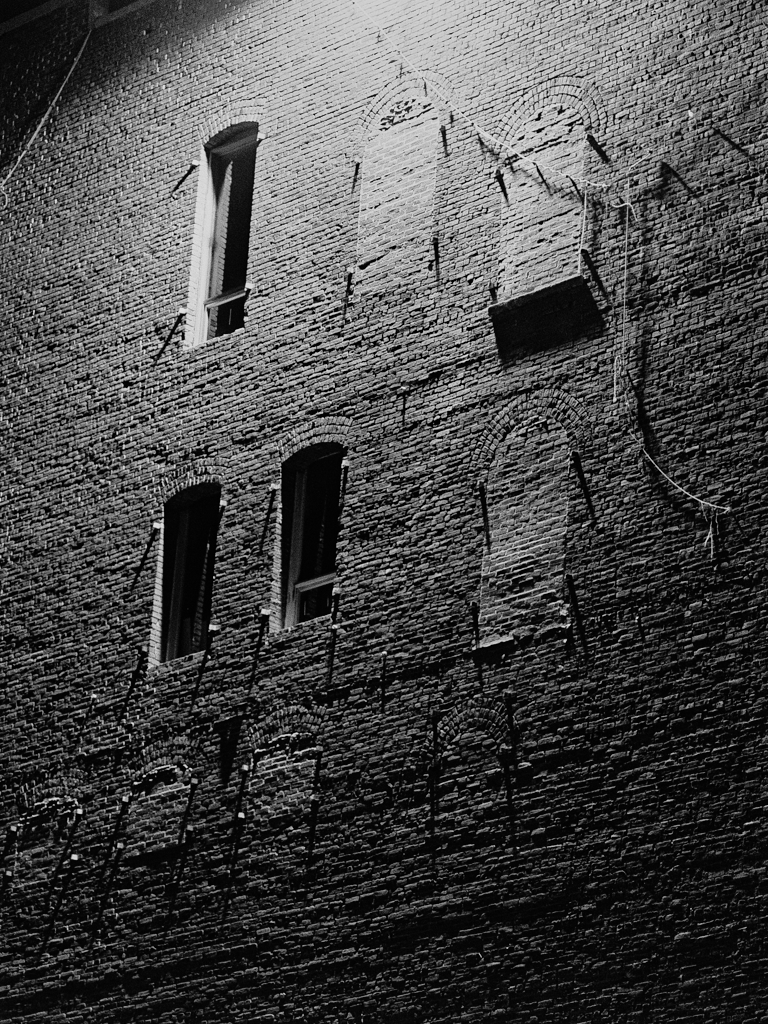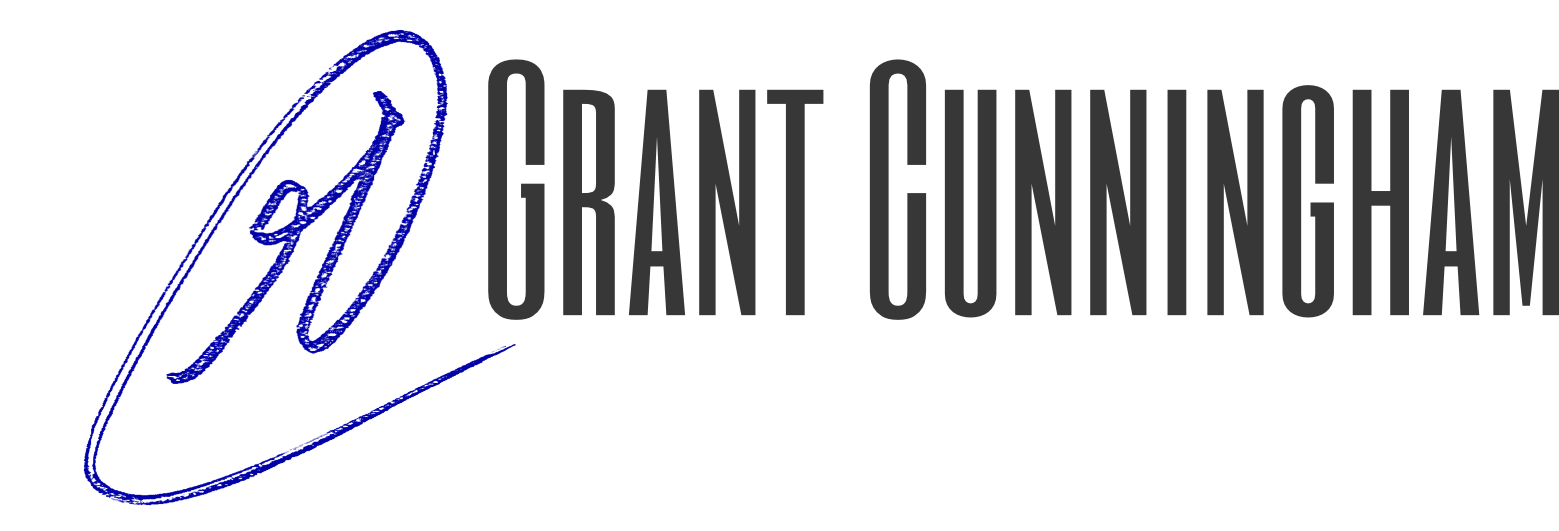
In 1981, I was running a camera store and leading groups of photographers on company-sponsored field trips. The idea behind the trips was to teach people how to better use their cameras, and introduce them to “advanced” techniques they might not otherwise learn.
One of the more popular field trips was the “night shoot”. We’d gather at the camera store at 10:pm, usually on a Saturday night, and venture out to practice making good photos under low-light conditions. Of course we had some sort of destination planned; cityscapes were always a hit, as were carnivals and other nighttime festivals.
One of the more popular options was to head to nearby Portland (Oregon) and photograph the streets and inhabitants of the city. Now that probably seems dangerous to you, and today it certainly would be. (Personally, I wouldn’t go into downtown Portland today without an armored personnel carrier and close air support!)
Back then, though, Portland was less of a “war zone” than many other cities. It certainly was weird, it was rough around the edges, but there was a more wholesome night life in the city back then — the kind that frequented hotel bars and live music venues. The streets weren’t swarmed with people, the way Nashville or Las Vegas are at night, but people hadn’t abandoned downtown and given it over to gangs and drug dealers, either. That would come later.
With a group of people (we usually had 6-8 participants plus a few members of our staff), it was actually pretty safe. I never felt at risk, even carrying thousands of dollars in easily-fenced camera equipment in a bag slung over my shoulder, and we never had an incident. (Well, except for the occasional drunken party pestering us to “take our picture!” I have a few of those in my archive.)
During these trips the primary goal was to help our students, but there was also plenty of opportunity to make photographs for myself. A number of my favorites (and one or two of my best) were made on these outings.
Making the photograph
On this particular night we had been walking around the Yamhill District, which is in the heart of downtown, for a couple of hours. It was past midnight, and on our way east toward the river we cut through a parking lot and this scene caught my eye.
The only illumination came from a large sodium-vapor lamp attached to the upper edge of the building, just out of the frame. What had captured my attention were the sharp little shadows (from some sort of brackets) around each window, caused by the dramatic side-light from that lamp. They were the real subject!
The picture was made on 35mm Agfapan 400 film, and I no doubt developed it in Agfa’s Rodinal developer. I don’t remember precisely what camera I used; at the time I owned a number of different cameras, but on a trip downtown at night I typically carried a pair of Pentax bodies and several lenses. (The Pentax cameras of that era had the most sensitive meters of any maker, a real help in extremely low light conditions.)
The lens appears to be a 35mm, a focal length which I used extensively (and still do.) The camera was definitely on a tripod for what would have been a long-ish exposure.
When looked at the still-wet negatives and saw those sharp, dagger-like shadows that had intrigued me that night, I knew it would make a compelling print. I was not, and never have been, disappointed in the result. (Sadly, JPEG compression algorithms result in flattening of the highlights; as with most photography, looking at it online is no substitute for seeing an actual, vibrant print in person!)
“The rest of the story”
The subject structure was the Tourny Building, originally known as the Ancient Order of United Workmen Temple. It was constructed by the AOUW in 1891 and originally used for their meetings and other business, but they sold it in the early part of the 20th century.
It subsequently went through a number of owners and uses, including housing the Oregon Historical Society Museum and later being converted into apartments, but by the 21st century it had fallen into disrepair and was uninhabited.
Oregon isn’t known for being kind to its historical structures — the city of Portland being particularly notorious for razing rather than restoring — and the building was demolished in 2017.
I hope you enjoyed the story behind the picture. I’ve got more where this came from!
-=[ Grant ]=-
